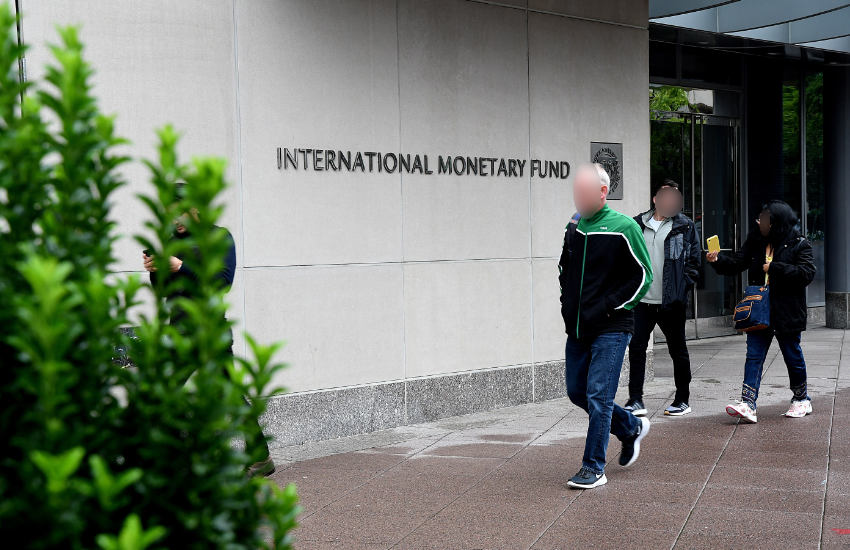This week the International Monetary Fund (IMF) released a fintech note outlining the options for central banks that are exploring tokenized reserves or wholesale CBDCs. It provides a strong introduction for those unfamiliar with the topic or the extensive work already done by central banks. However, as a tool for central banks to make decisions, a few additional areas were glossed over, as outlined below.
Before getting to the core of the paper, the authors briefly explore key drivers behind the adoption of tokenized reserves: their use for settlement in delivery versus payment (DvP) transactions involving on-chain securities and payment versus payment (PvP) for foreign exchange. It mentions a third area in passing: that central banks are currently working on wholesale CBDC for the interbank settlement of tokenized deposits. Examples include Hong Kong’s Project Ensemble and Korea’s Project Han River.
A large part of the IMF paper focuses on the type of ledger and the governance involved for tokenized reserves. One option is to have a unified ledger operated by the central bank, which hosts both the tokenized reserves and other assets. This provides maximum control to the central bank and avoids the technological complexity and risks of making ledgers interoperable.
Article continues …

Want the full story? Pro subscribers get complete articles, exclusive industry analysis, and early access to legislative updates that keep you ahead of the competition. Join the professionals who are choosing deeper insights over surface level news.
